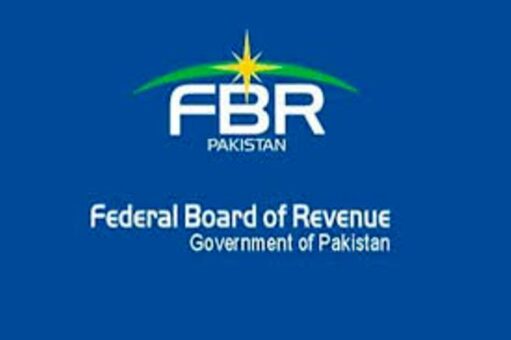Gain on assets disposal of Association of Persons (AOP) between companies has been highlighted by the Federal Board of Revenue (FBR).
In a recent development, the FBR has shed light on Section 96 of the Income Tax Ordinance, 2001, bringing clarity to the regulations regarding the gain or loss on the disposal of assets by Associations of Persons (AOPs) to a wholly-owned company. This announcement comes following the incorporation of amendments through the Finance Act, 2021, in the updated ordinance, which is effective up to June 30, 2021.
Section 96 outlines specific conditions under which a resident association of persons can dispose of all assets of a business to a resident company without incurring any gain or loss. According to the stipulations of the section, several criteria must be met to qualify for this tax treatment.
One of the primary conditions highlighted in subsection (1) is that the consideration received by the association for the disposal must be in the form of a share or shares in the company, excluding redeemable shares. Moreover, the association must own all the issued shares in the company immediately after the disposal. Additionally, each member of the association must maintain an interest in the shares proportionate to their interest in the business assets before the disposal.
Furthermore, the company acquiring the assets must commit to discharging any liability related to the transferred assets. Importantly, this liability should not surpass the association’s cost of the asset at the time of disposal. The fair market value of the shares received by the association must be substantially similar to the fair market value of the assets disposed of, reduced by any liability assumed by the acquiring company. Moreover, the company in question must not be exempt from tax in the tax year of the disposal.
In case these conditions are met, subsection (2) outlines the subsequent treatment of the acquired assets. It clarifies that each asset acquired by the company will retain the same character as it had in the hands of the association. The company’s cost in acquiring the assets is determined based on the type of asset, whether depreciable, amortized intangible, or other.
Additionally, if the association, prior to the disposal, is subject to tax and has deductions under specific sections that haven’t been offset against its income, these unutilized deductions will be added to the deductions allowed to the company in the tax year of the transfer.
The FBR has emphasized the importance of ensuring that the association’s deductions under Sections 22, 23, or 24 are taken into account last when determining whether they have been set off against income for the purposes of the mentioned deductions.
It’s important to note that the information provided here is for informational purposes only, and PkRevenue.com has issued a disclaimer, stating that while efforts are made to provide the correct version of the text, they are not responsible for any errors or omissions.
This clarification from the FBR aims to provide a comprehensive understanding of the tax implications surrounding the disposal of assets by AOPs to wholly-owned companies, offering transparency and guidance to businesses operating within these parameters.
